50+ Sample Research Surveys Templates
The following samples are surveys used for the purpose of research in different fields.
-
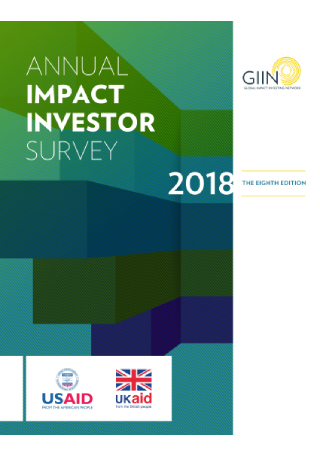
Annual Impact Investor Survey
Help increase the scale and effectiveness of impact investing through this sample.
-
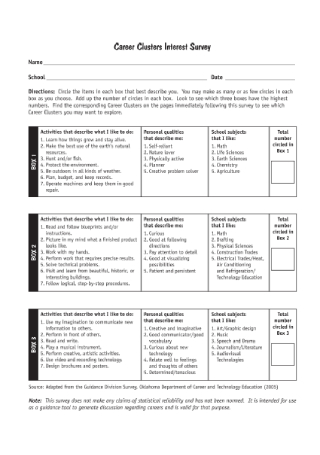
Career Cluster Interest Survey
Guide students in identifying their career clusters based on the results from this survey.
-
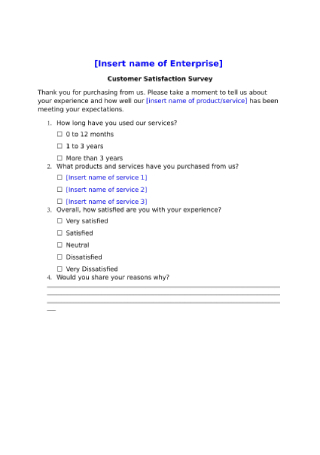
Customer Satisfaction Survey
Discover the satisfaction level of customers by conducting a survey.
-

Demographic and Health Survey
Monitor and evaluate population, health, and nutrition programs worldwide with a survey.
-
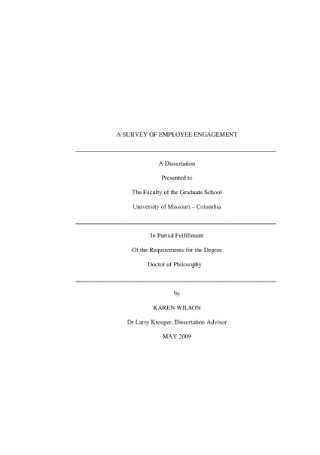
Employee Engagement Survey
Measure the dedication level of employees to the company mission using a survey.
-

Employee Opinion Survey
Get a clear understanding of employee impressions and assumptions through a survey.
-
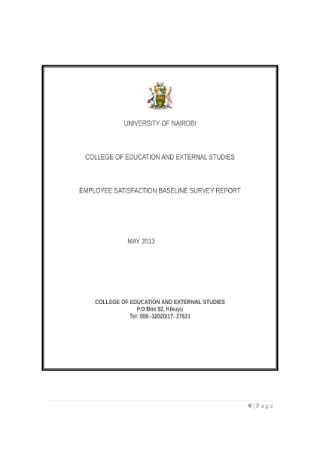
Employee Satisfaction Survey Report
Provide a preview of your employee survey results by writing a report.
-
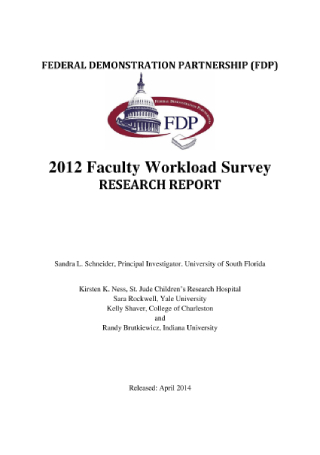
Faculty Workload Survey
Evaluate how the school’s faculty spend their professional time using a survey.
-
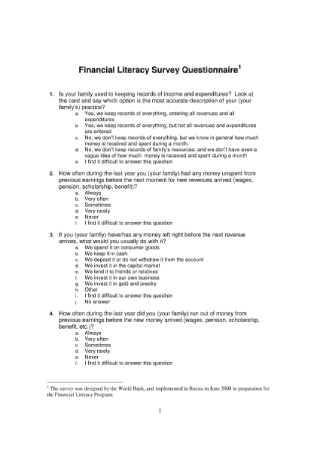
Financial Literacy Survey Questionnaire
Understand the current state of financial literacy in your area through a survey.
-
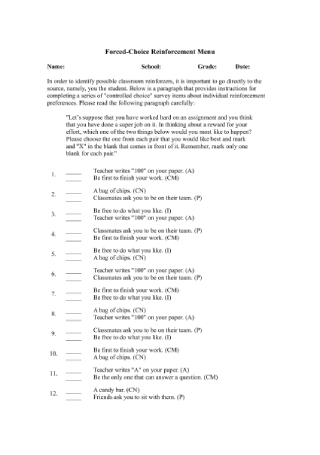
Forced-Choice Reinforcement Survey
Gain useful insight as to the type of rewards and incentives students prefer with a survey.
-
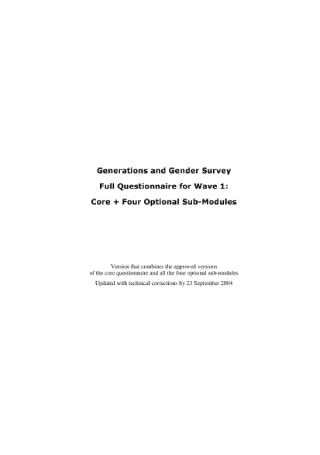
Generations and Gender Survey
Improve demographic and social developments by using a survey to gain knowledge.
-
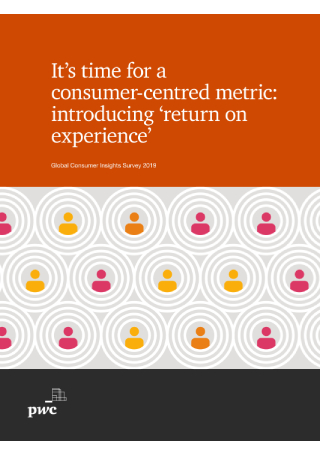
Global Consumer Insights Survey
Study the trends in consumer behavior by doing a survey to obtain insights.
-

Global Drug Survey Results
Start honest conversations about drugs in your community with the help of a survey.
-

Global Fraud Survey
Collect meaningful information for your study by using a survey as your research tool.
-

Health and Welfare Survey
Find out how your audience views their health needs with the findings of your survey.
-
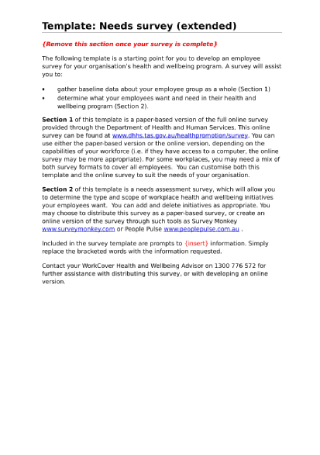
Health and Well-Being Survey
See how you can improve your staff’s health and well-being through a survey.
-
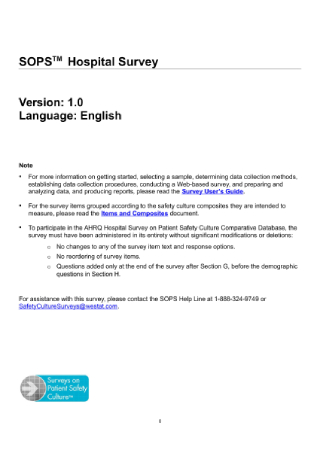
Hospital Survey on Patient Safety
Assess the culture of patient safety in a hospital by administering a survey.
-
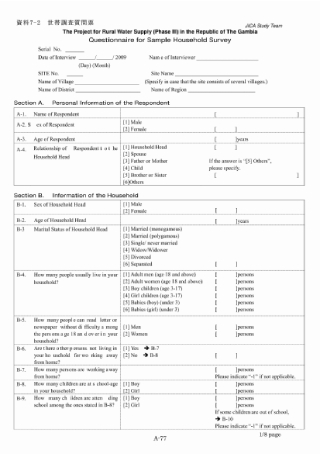
Household Survey Questionnaire
Design a survey questionnaire to gather meaningful data for your research topic.
-

International Adult Literacy Survey
Profile the literacy skills of adults with the help of a survey.
-
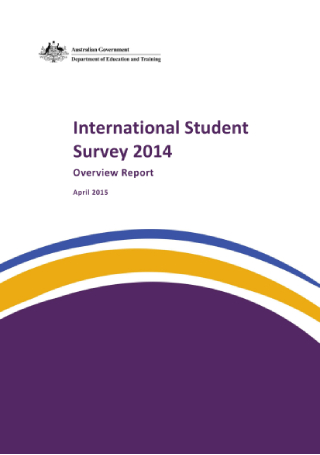
International Student Survey Report
Maximize the institution’s international student recruitment with the use of a survey.
-

Job Satisfaction Survey
Build a positive work environment for employees using a survey.
-
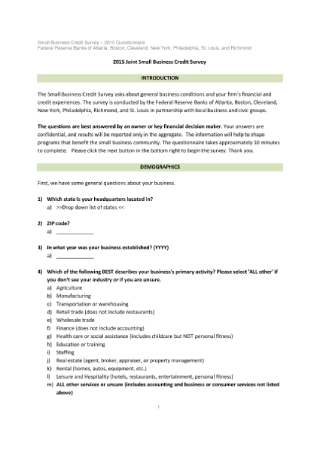
Joint Small Business Credit Survey
Receive intelligence on the financial needs and decisions of small businesses with this sample.
-

Loneliness Survey in the U.S.
Conduct a psychological research on loneliness among teenagers and adults using the given sample.
-
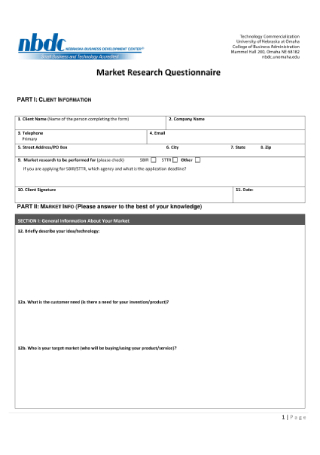
Market Research Survey Questionnaire
Deepen your market understanding by using a survey to obtain valuable information.
-
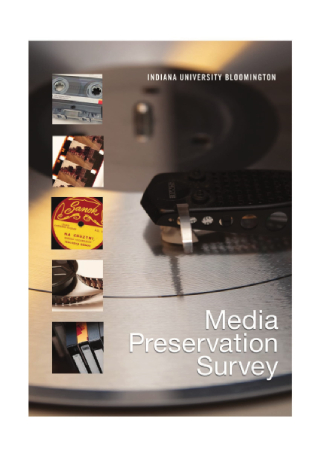
Media Preservation Survey Report
Address important issues on media preservation using a survey report.
-

Millennial Generation Survey Report
Explore what appeals to members of the millennial generation through a survey.
-
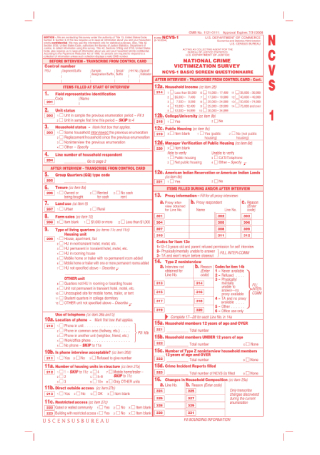
National Crime Victimization Survey
See how you can acquire information on criminal victimization with this sample.
-

National Family Health Survey
Get to know health policies at the most granular level with the results of a national survey.
-

National Nutrition Survey
Generate the nutritional profile of your target sample through a survey.
-

National Nutrition Survey Overview
Develop effective interventions to alleviate hunger with the help of a survey.
-

National Pharmacist Workforce Survey
Examine the work characteristics of healthcare professionals through a survey.
-
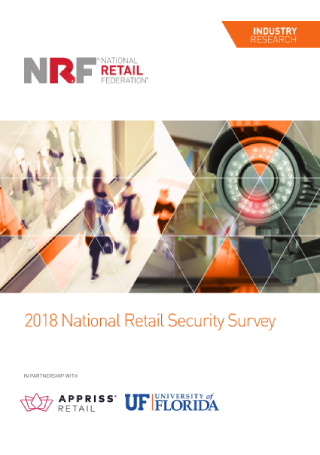
National Retail Security Survey
Use a survey to gain insights about internal and external retail crime.
-
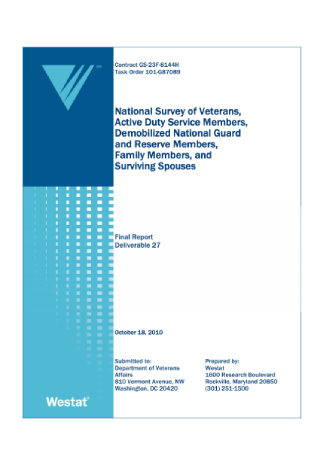
National Survey of Veterans
Generate a snapshot profile of the veteran population with a survey.
-
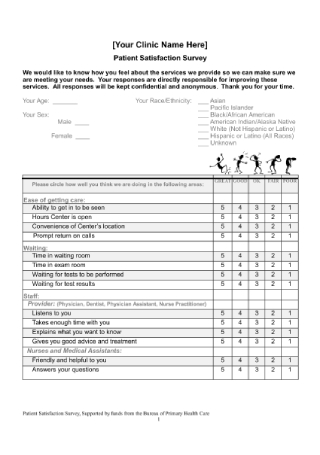
Patient Satisfaction Survey
Measure the quality of healthcare provided to patients with the use of a survey.
-
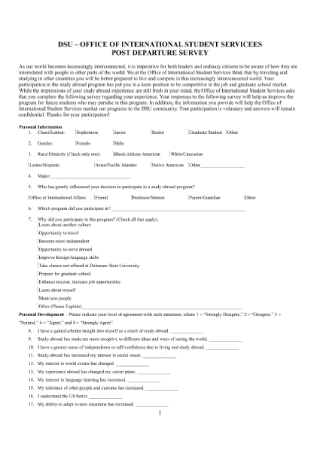
Post-Departure Survey
Increase retention rates by conducting a survey to find out why people leave.
-

PWD Employer Survey Report
Look into the employment patterns of persons with disabilities using a survey.
-

Quarterly Economic Survey
Gather insights into the views of the business community from the findings of your survey.
-
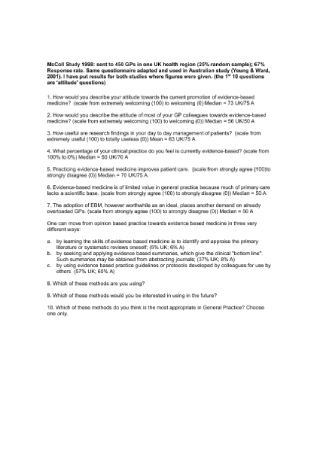
Research Survey
Extract specific data from a particular group of people by conducting a research survey.
-
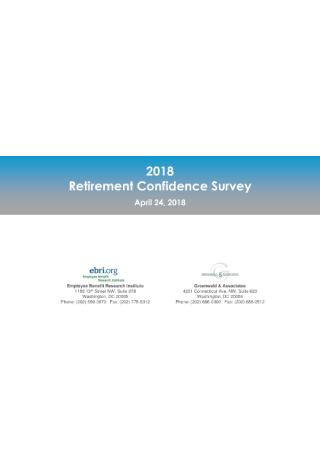
Retirement Confidence Survey
Measure worker and retiree confidence about retirement using a survey.
-
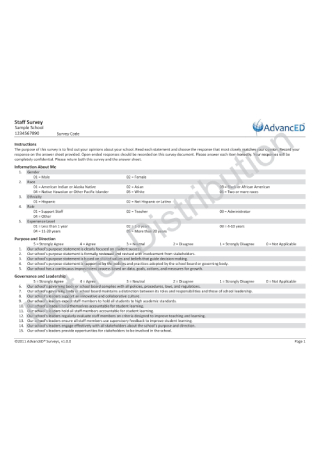
School Staff Survey
Conduct a needs assessment on your school staff with the help of a survey.
-
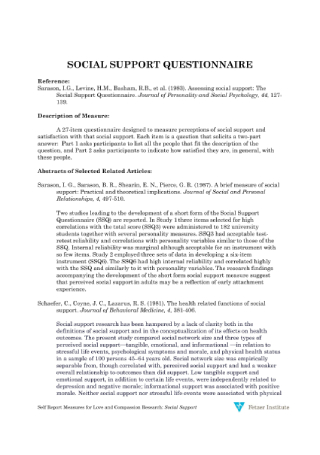
Social Support Research Survey
Examine the perception of social support and the satisfaction with such through a survey.
-
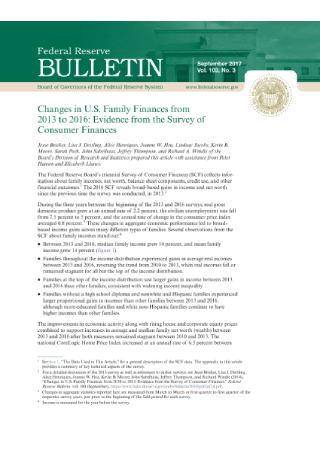
Survey of Consumer Finances
Learn about the financial characteristics of a specific demographic with a survey.
-

Survey of Hungry and Homeless College Students
Analyze the food and housing insecurity among undergraduates using this survey sample.
-

Survey of LGBT Americans
Dig into the social issues experienced by LGBTs by using a research survey.
-
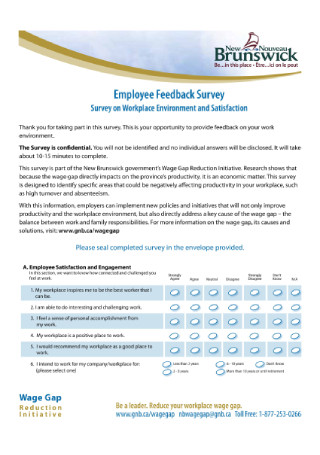
Survey on Workplace Environment and Satisfaction
Evaluate the general satisfaction level of company employees through a survey.
-
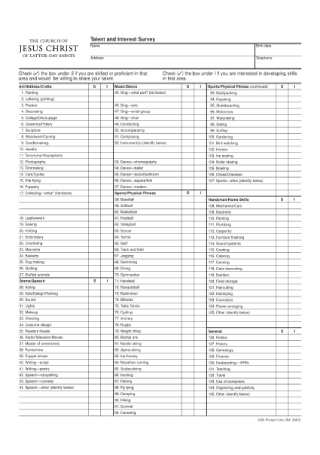
Talent and Interest Survey
Discover where your talents and interests lie by answering a survey questionnaire.
-
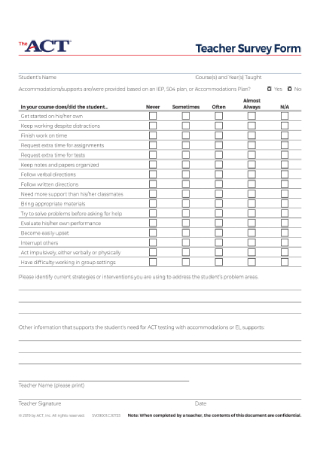
Teacher Survey Form
Make it easy to evaluate a student’s performance with the help of a survey form.
-

Teaching and Learning International Survey
Ask teachers and leaders about the learning environment at their schools through a survey.
-

Transgender Survey Report
Detail the challenges faced by trans people by reflecting these in a survey report.
-
 `
`Veterans’ Employability Research Survey
Determine the factors that influence veterans’ employability using a research survey.
FREE Research Survey s to Download
50+ Sample Research Surveys Templates
The Advantages and Disadvantages of Surveys
Tips for Creating an Effective Survey
Research Survey FAQs
The Advantages and Disadvantages of Surveys
There are a variety of reasons as to why you might need a survey to collect data for your study. Perhaps you need to gain input from a certain market as they may favor from the outcome of your research, or maybe the information they provide can help you gain a deeper understanding of the topic. Regardless of your intention, be sure to consider the following survey advantages and disadvantages before you start.
Advantages
Disadvantages
Tips for Creating an Effective Survey
You don’t have to be an expert to create a survey that will generate the best possible data for your research. While there may be thousands of books and articles that discuss how surveys should be written, if you don’t have the time to run through all of them at once, here are some practices to consider when building the perfect survey.
Research Survey FAQs
We answer a few frequently asked questions about surveys below:
What is the best survey method?
There are several ways to gather data for your study. Choosing the right collection method is essential in making sound decisions for the development of your research topic. In-person interviews, telephone surveys, mailed surveys, and online questionnaires each have their own share of pros and cons that researchers must consider before employing their preferred method. Your target demographic, budget, accessibility, and other related resources necessary to conduct the survey play a significant role in its success. Thus, be sure to weigh your options carefully to generate the best results.
How can I increase my survey response rate?
Creating a survey is merely the start of an extensive process, as getting people to actually take it proves to be one of the biggest challenges for many research groups. Not only do you need to get a person’s attention, but you also have to motivate them to complete the survey. One technique you can apply is to tell your respondents how much you appreciate their participation. This shows how much you value their feedback as well as the time they spent to respond to your survey. You can even try offering incentives to help boost completion rates among participants. It’s important to give people a reason to answer your survey despite their busy schedules.
When to use surveys in research?
When you need to collect data from a large sample of individuals, surveys are considered to be an effective approach. The questions asked in the survey are designed according to the kind of information you need for your study. This allows you to quickly gain general details about a population to analyze for a business or academic intention. Surveys are best suited for answering certain research questions that you might need to better understand your market and strengthen your claims.
